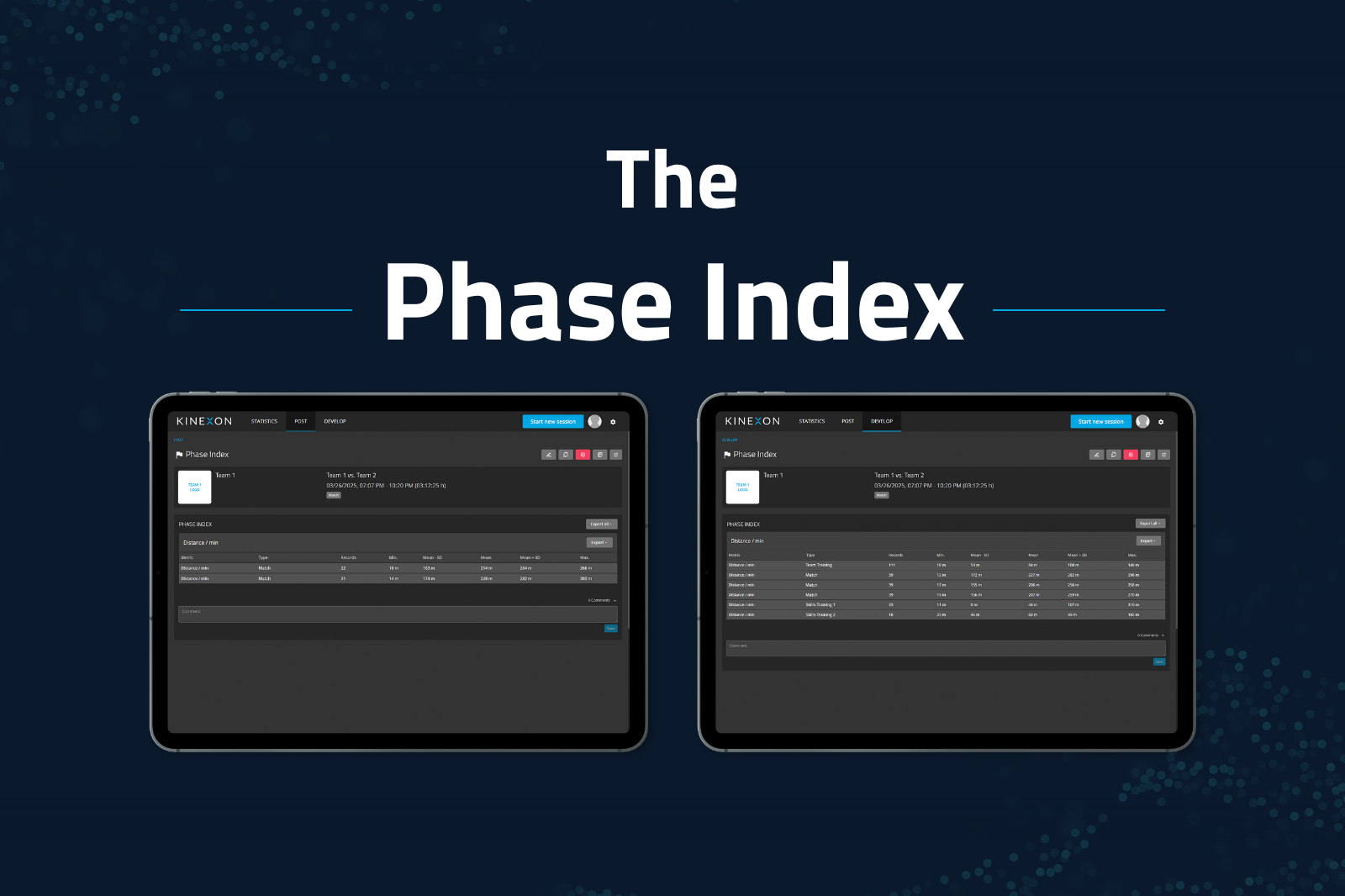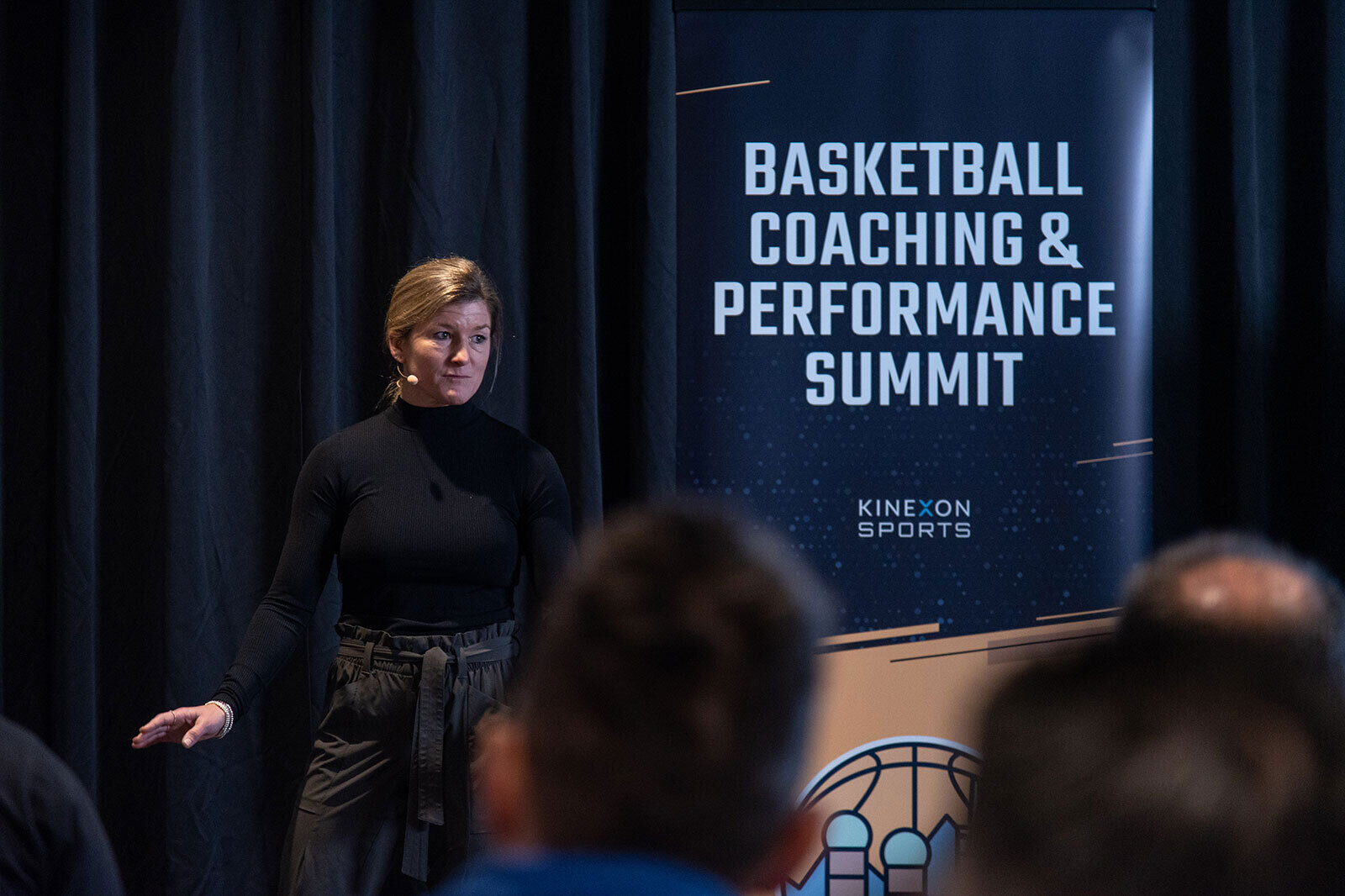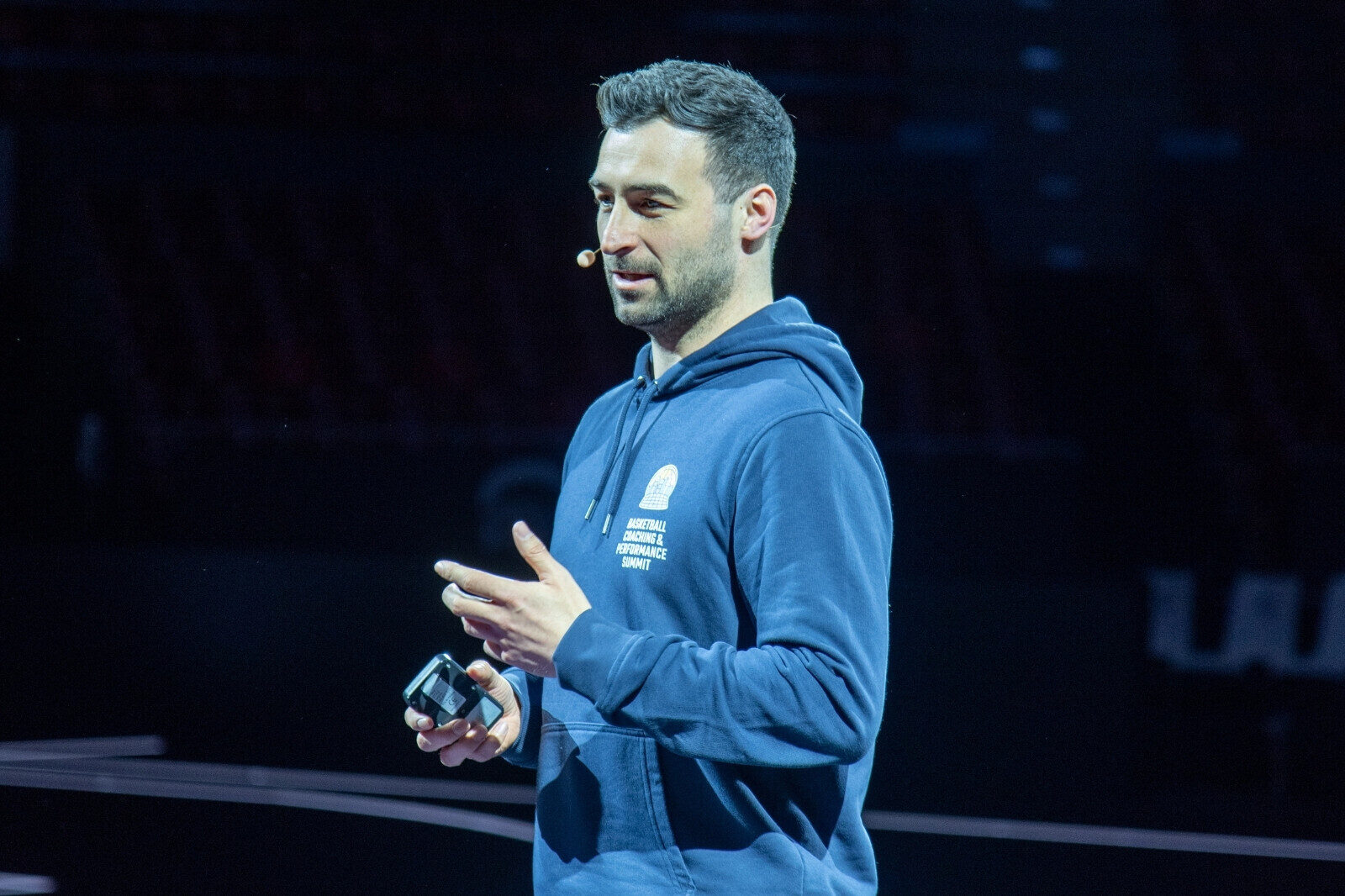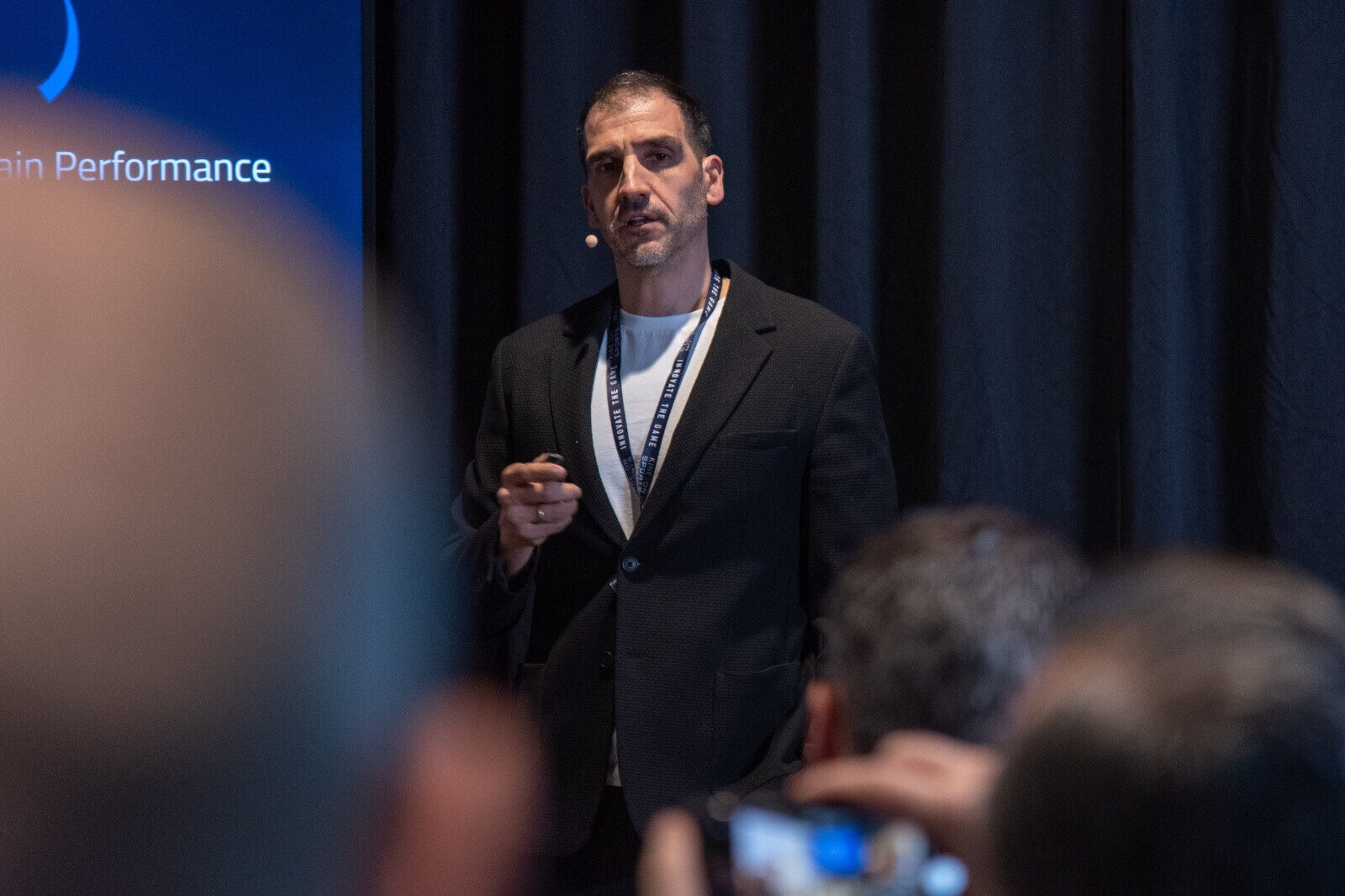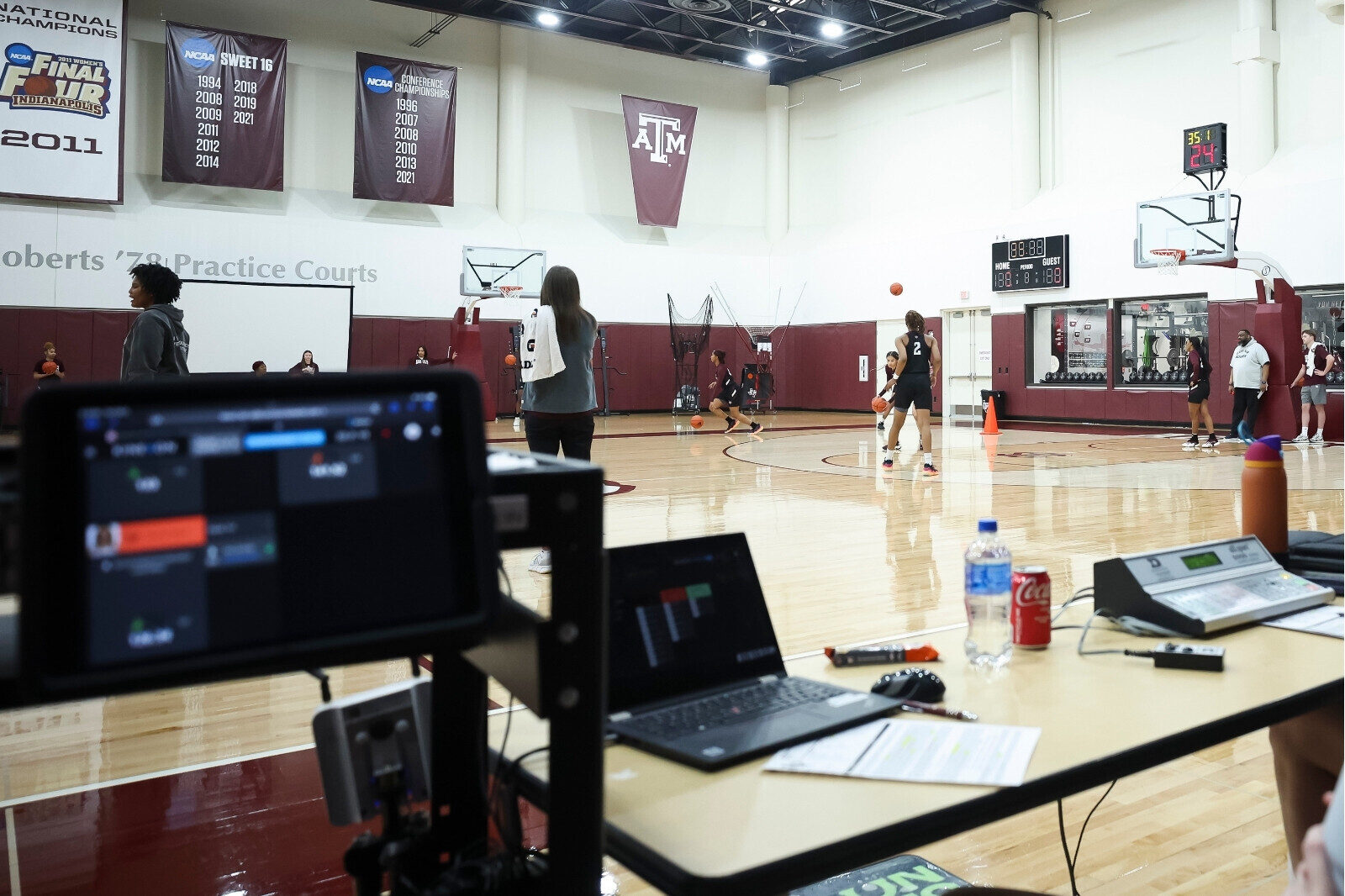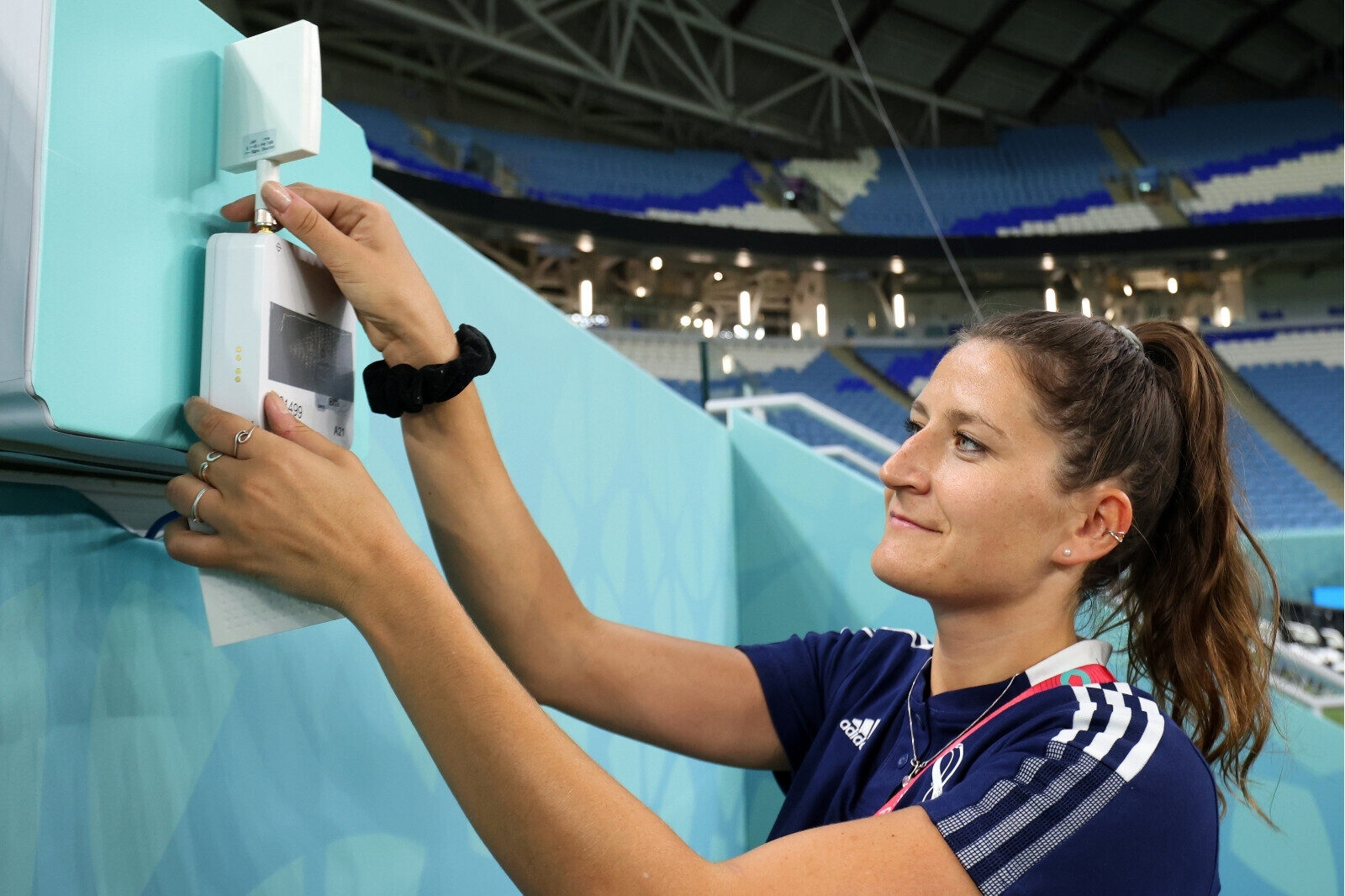Influence of the Menstrual Cycle in Team Sports – What Sports Need Now
Professionalization also brings with it more performance, more strain, and more pressure. For female athletes, this still means an increased risk of injury. The reason: individualized training and workload management must take the hormonal cycle into account. Studies on this are accumulating, but a challenge remains.
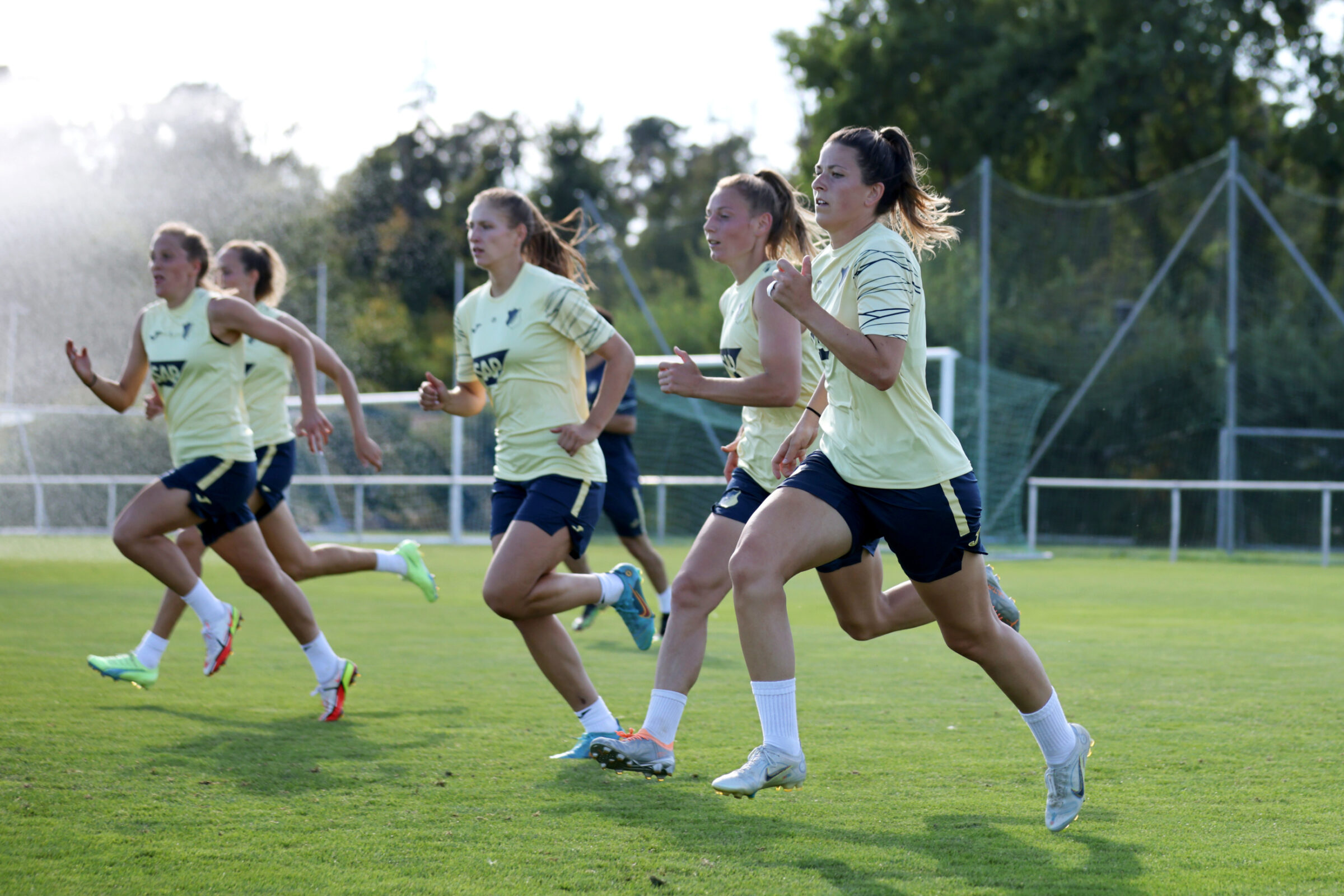
Author: Jana Hubel
I am pleased to come across more publications, like this article by Kurt Vogel, Brianna Larsen, Chris McLellan, and Stephen P. Bird, which highlight gaps in research and show how important it is to include the cycle in training planning.
Hormonal fluctuations not only affect athlete performance but also recovery and injury risk in female athletes. However, what we currently lack is a systematic approach based on scientifically sound data. This article underscores that again.
Why Previous Study Results Differ Too Much
The challenge lies in the lack of consistent methods and standardized procedures to precisely capture the cycle. Many studies differ significantly in their results, which can be attributed to individual differences between athletes. However, the article emphasizes that there are first steps pointing in the right direction.
There are recommendations for tests and women’s sports analytics that can be integrated into everyday training and meet the specific demands of team sports. These tests are easy to conduct, practical, and focus on physiological requirements.
What I find particularly relevant is the aspect of individualization.
Individualized Training Planning Must Become the Standard
Every female athlete has her own cycle pattern and responds differently to hormonal fluctuations. This means that generalized performance training approaches are often insufficient to unlock full potential or prevent injuries.
This is precisely where we at KINEXON Sports focus with our approach: we aim to collect important individual information through targeted daily surveys, whether it’s about symptoms, cycle phase, or the use of hormonal contraceptives. This data is then combined with external and internal load factors to get a holistic picture of the athlete.
These insights are not new. However, what this article by Vogel, Larsen, McLellan, and Bird emphasizes is the need to consistently collect and develop this data further. The path to truly individualized performance training planning is long, but the first steps have been taken. We must keep attention on this issue so that it becomes the standard in supporting female athletes.
Our tool, the “Demand Planner,” is an initial attempt to meet this need in practice. It combines individual goals based on past performance, subjective feelings, and the respective cycle phase to optimally design training and workload management. Simplifying it to four cycle phases allows us to meet individual needs even in a team sport context, without complicating practical implementation.
Manage Workloads With the Demand Planner
It Needs More. More Research. More Data. More Standards.
What’s still missing? More research and data. It’s encouraging that more and more studies on this topic are being published, but they all come to the same conclusion: individualization is key. However, in team sports in particular, individualized training management is an immense challenge. And it’s even harder to give general recommendations.
Our goal is to continuously develop our tool, collect more data, and work closely with our teams to keep raising awareness. This is the only way to ensure that women athletes are optimally supported.
The future? I hope for more studies and am glad to see that this important topic is gaining more and more attention. The road is still long, but we are on a promising course.
Want to learn more about our performance tracking initiatives for women athletes to optimize training? Contact us to speak with our experts!

